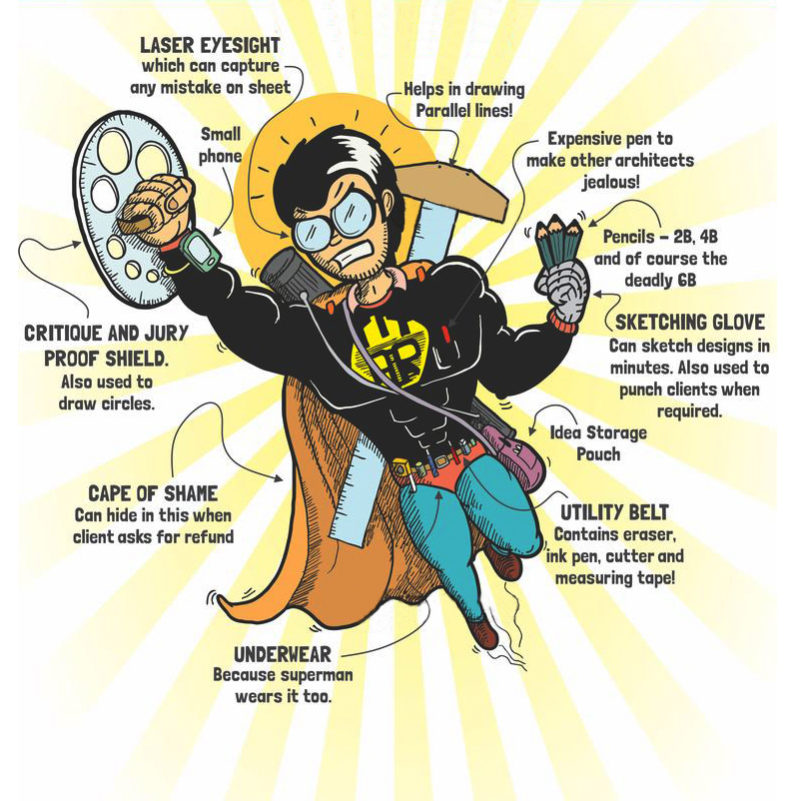Architects breed, not only is it rarely defined what architects actually focus on professionally, but it is even rarer to know what architects think about when their minds are at rest and left to wander. What kind of things fascinate architects that might be completely overlooked by anyone in any other profession?
Architects think about facts. There’s a famous saying, “Engineers know a lot about one thing, architects know a little about everything.” They famously excel at striking up a conversation about food, art, birds, colors, bicycle chains – anything! Architects don’t shy away from any topic, even when they know very little about the subject at hand. To an architect, the world is full of unusual and exciting things. Places that others might consider banal containing landmines will be cultural information for architects; in fact, these are exactly the kinds of places from which they get their best ideas or concepts.
Architects constantly think about details. When one steps out of the office, the built environment becomes a perpetual source of entertainment. A simple drive to the grocery might evoke several flash ideas about improving the efficiency of car traffic or alternative materials for paving. Architects are largely known as problem solvers, but sometimes their minds wander to issues that have already long been settled but could still use a little counterintuitive thinking. And most of the Architects like to think about conventions. Many people accept the standards of the world as given, yet architects are constantly fascinated by the arbitrariness of certain human habits.
Architects always think about people and how they represent themselves and their businesses and they are painfully aware of the ability that things in the built environment have to communicate to everyone else in that same territory. Every design says something unique about the idea it represents, and it is very important that architects apply to elements way beyond their craft.
Overall architects play a major role in creating unique, vibrant living conditions for everyone and they design for the present with an awareness of the past for a future which is essentially unknown.
“There are 360 degrees, so why stick to one?” -Zaha Hadid-
Nimani Amarathunga Senior Architect


